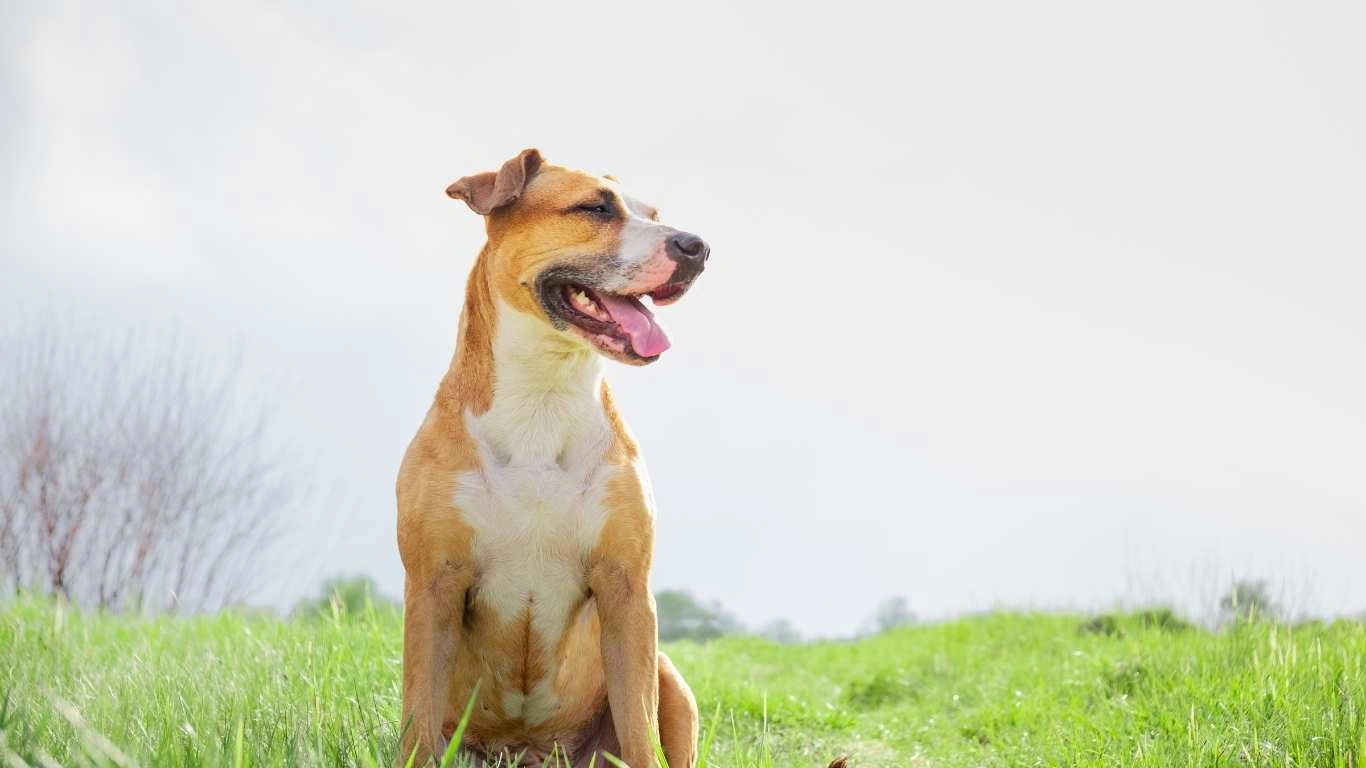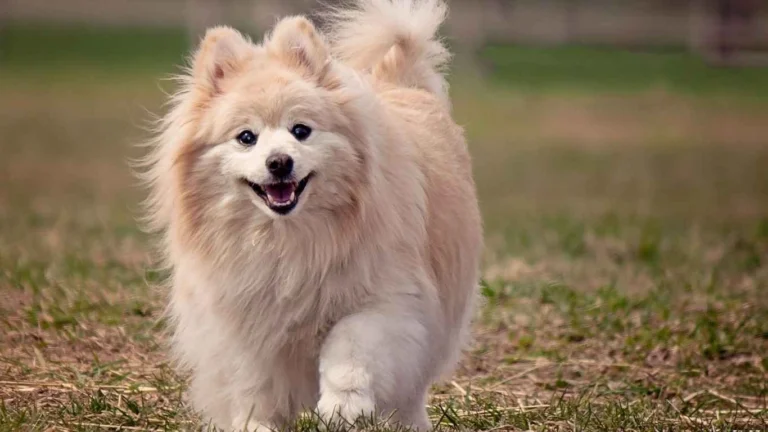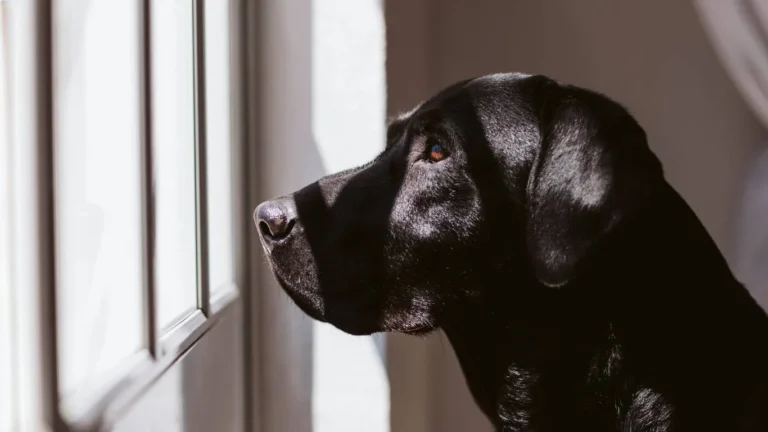Can Dogs Eat Cooked Rice Every Day? Benefits & Risks Explained
As a pet nutritionist with years of experience working in veterinary clinics, I’ve encountered a wide range of questions from pet owners about what’s safe to feed their dogs. One of the most common inquiries I get is about rice. Specifically, “Can dogs eat cooked rice every day?” It seems like a harmless question, but it actually opens the door to a more in-depth discussion about canine nutrition. While rice can certainly be a part of a dog’s diet, it’s important to understand when and how it should be included to ensure it supports their overall health rather than just filling their bellies.
Understanding Rice in a Dog’s Diet
Rice is a staple in many human diets, and it’s not surprising that pet owners wonder if it can be a regular part of their dog’s meals. After all, it’s easy to prepare, relatively inexpensive, and harmless in small quantities, right? Well, kind of. Let’s break it down.

What’s in Rice that Dogs Can Benefit From?
First, let’s talk about the nutritional benefits of rice. It’s primarily made up of carbohydrates, which are an important energy source for your dog. For dogs that are active or have high energy needs, a small portion of cooked rice can actually be quite beneficial. It’s also relatively easy on the stomach, which is why veterinarians often recommend rice when dogs have digestive issues or an upset stomach.
But what else? Well, rice contains some important vitamins and minerals, including a small amount of iron and magnesium. It can even help to regulate your dog’s blood sugar levels when fed in moderation. So in a way, rice can provide a nice, easy-to-digest carb boost that keeps your dog feeling good. But before you start cooking a pot of rice for your pup every day, there are some important considerations to keep in mind.
Can Dogs Eat Cooked Rice Every Day?
Here’s the million-dollar question: can dogs eat cooked rice every day? The short answer is no, and I say this from both my professional experience and the advice I’ve given to pet parents over the years. While rice isn’t harmful in moderation, feeding it to your dog every single day could lead to some nutritional imbalances.
Remember, dogs need a balanced diet that includes a variety of nutrients. This includes not just carbs, but proteins, fats, and fiber. If your dog’s diet consists mostly of rice, they’ll miss out on these other essential nutrients. Dogs, especially those with specific health concerns or dietary needs, may require different protein sources, fats, and vitamins that rice simply doesn’t provide. That’s why variety is key in any dog’s diet.
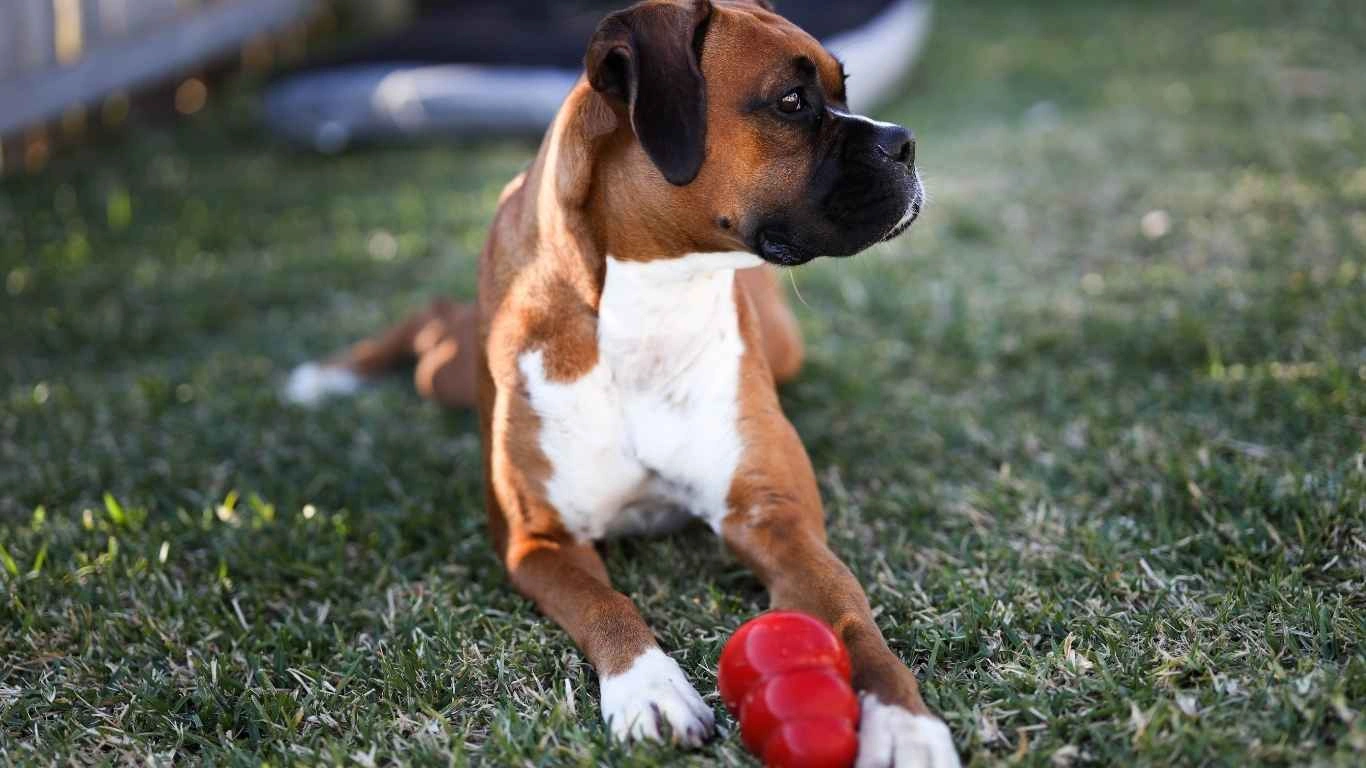
Potential Risks of Feeding Rice Every Day
Feeding rice every day isn’t just about missing out on essential nutrients. There are a few potential risks that you should consider as well.
- Obesity: Rice is a high-carb food, and feeding your dog too many carbs without balancing it with protein or fats can lead to weight gain. This is especially true for dogs with low activity levels or those that aren’t very active. Obesity can bring on a whole host of health problems, like joint issues, heart disease, and diabetes.
- Digestive Upset: While rice is easy on the stomach, it can still cause digestive problems in some dogs if they eat too much. It might cause constipation or lead to an imbalance in their gut bacteria. A lack of dietary fiber can also contribute to problems with bowel movements.
- Blood Sugar Spikes: Rice is high on the glycemic index, meaning it can cause spikes in your dog’s blood sugar. Over time, if they’re eating rice regularly, it could increase their risk of developing insulin resistance or diabetes.
As you can see, there’s more to consider than just whether rice is safe or not. Rice can be a great addition to a dog’s diet, but it should never be the only thing they’re eating, and it should definitely not be fed every day. Keeping your dog’s meals balanced and varied is crucial for long-term health.
When Should You Feed Your Dog Rice?
Now that we know rice shouldn’t be a daily staple, you might be wondering: when is it okay to feed your dog rice? As a general rule of thumb, rice is great for dogs when they need a gentle food option, like during times of digestive upset.
One of the most common situations where rice comes into play is when a dog has an upset stomach. If your dog is experiencing diarrhea or vomiting, your veterinarian might recommend a bland diet consisting of cooked rice and boiled chicken. This allows your dog’s digestive system to rest while still providing them with the energy they need to recover.
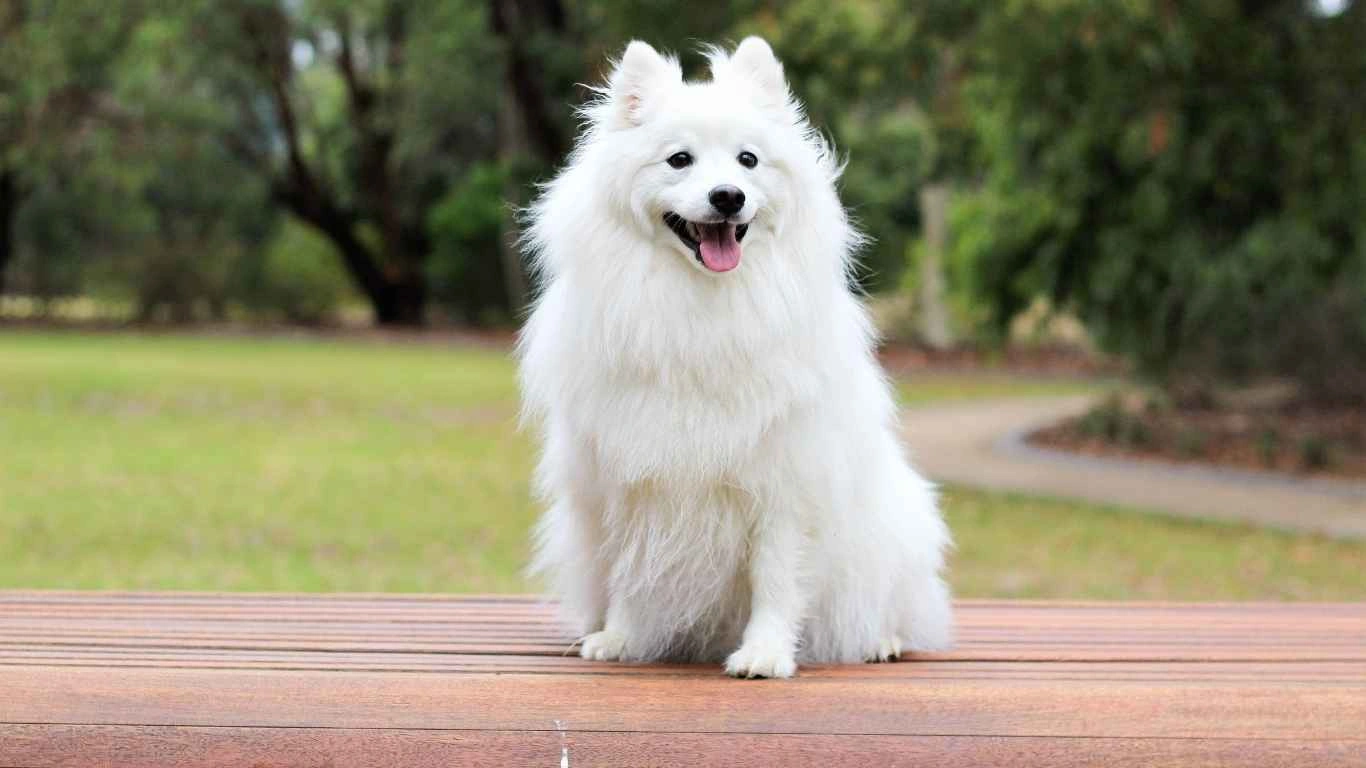
What Type of Rice Is Best for Dogs?
If you’re considering adding rice to your dog’s diet, make sure you’re feeding them the right kind. White rice is commonly used for dogs with digestive issues because it’s easy to digest and gentle on the stomach. Brown rice, on the other hand, is more nutritious overall, offering more fiber and vitamins. However, it can be harder for some dogs to digest, especially those with sensitive stomachs. If in doubt, consult your vet for guidance on which type of rice is best suited to your dog’s specific needs.
How to Safely Add Rice to Your Dog’s Diet
If you’ve decided to occasionally add rice to your dog’s diet (and I highly recommend doing so in moderation), it’s essential to do it safely and correctly. Dogs, like people, have different tastes and digestive systems, so while rice can be great for most dogs, some might need a little extra care to avoid tummy troubles. Here’s how to make sure your pup is enjoying rice without any negative side effects.
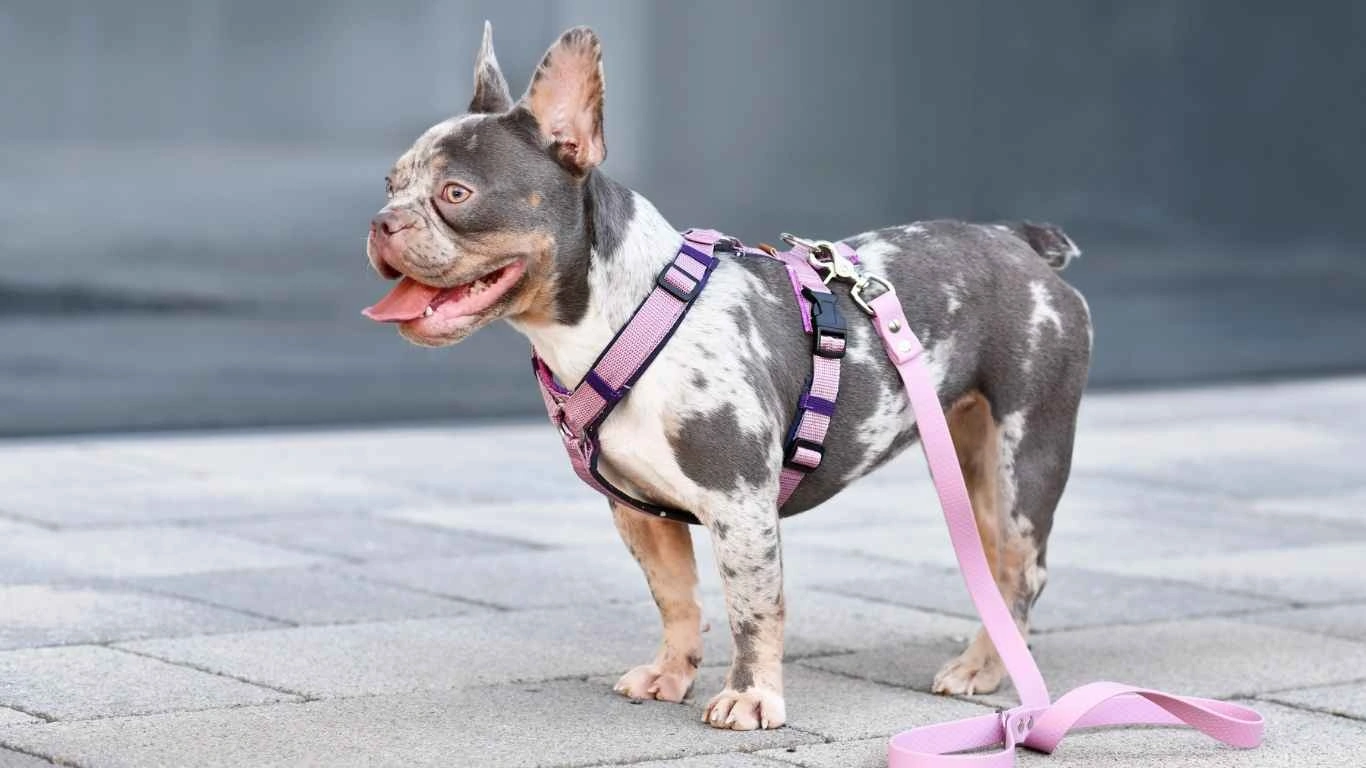
Start Slow and Observe
Whenever you introduce any new food to your dog’s diet, it’s always best to start small and gradually increase the amount. This is especially true for rice, as it’s relatively easy to digest, but introducing large quantities right away could still lead to digestive issues. When I first suggested adding rice to a dog’s diet at the clinic, I would always remind owners to start with a small portion—about one tablespoon per meal for smaller dogs and up to a quarter cup for larger dogs.
As you slowly incorporate rice into your dog’s meals, watch for any changes in their digestion or behavior. Are they having regular bowel movements? Is their energy level consistent? These are good indicators of whether the rice is sitting well with them.
How Much Rice Is Safe for Dogs?
When it comes to portion size, it really depends on your dog’s breed, size, and activity level. Generally, rice should make up no more than 10% of your dog’s total meal. For example, if you’re preparing a meal with rice, it should be balanced with a good amount of protein (like chicken, beef, or lamb) and healthy fats. A healthy mix of meat and veggies along with the rice will ensure your dog gets all the nutrients they need.
While rice is good for providing a carb boost, it shouldn’t replace protein or other important nutrients. For a 30lb dog, a half-cup of cooked rice mixed with protein would be a reasonable serving. If your dog weighs more or less than that, adjust the rice accordingly.
Can Dogs with Special Health Conditions Eat Rice?
As a pet nutritionist, I’ve worked with many dogs that have specific dietary needs due to underlying health conditions. If your dog has diabetes, is overweight, or suffers from digestive issues, rice should be fed with extra caution. Let’s look at how rice can affect these conditions.
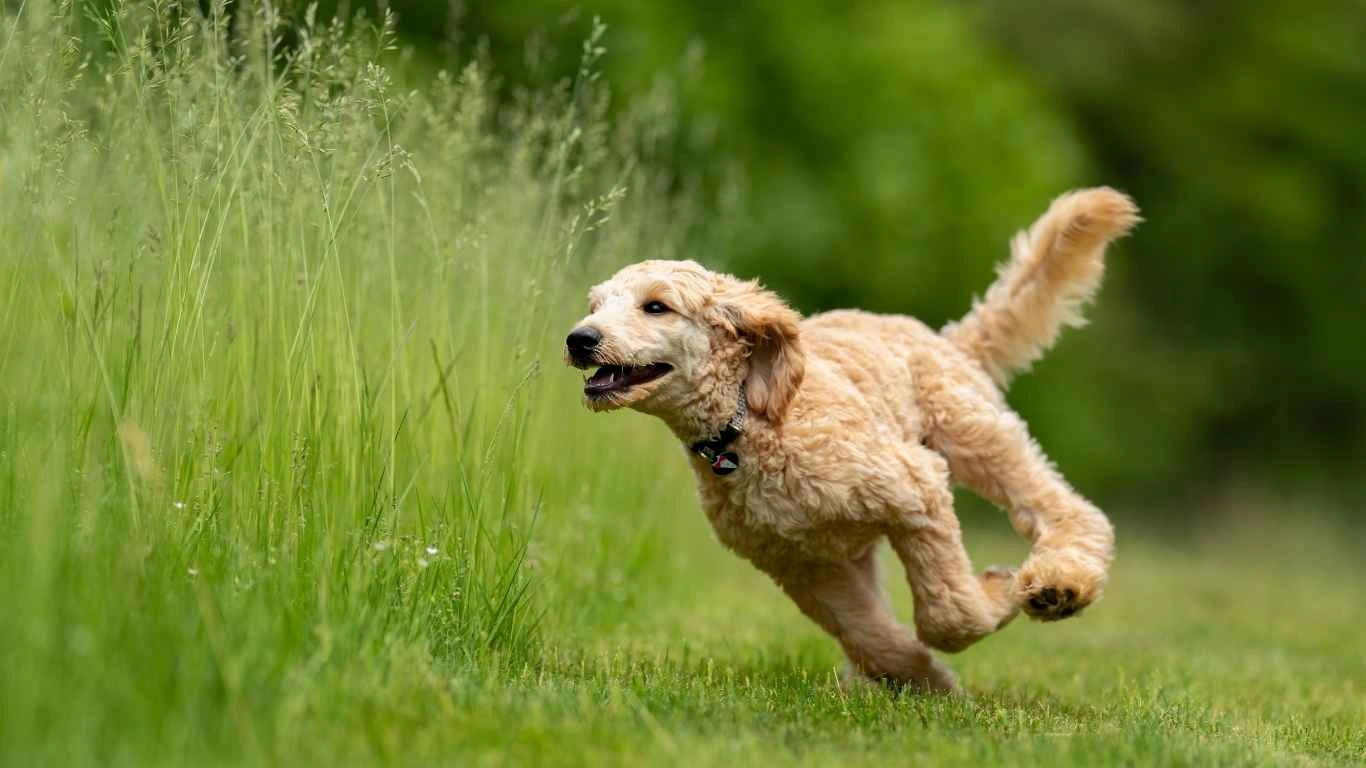
Rice for Diabetic Dogs
Diabetic dogs have special dietary needs that require careful planning and monitoring. Since rice is high in carbohydrates and can cause spikes in blood sugar, it’s best to limit it or avoid it entirely for diabetic dogs. In some cases, though, a small amount of rice can still be included in their diet, but only under the supervision of a veterinarian. In my experience, I’ve found that some diabetic dogs tolerate small amounts of rice when mixed with protein sources that are low on the glycemic index, such as turkey or chicken. However, if your dog has diabetes, always consult your vet before adding rice to their meals.
Rice for Overweight or Obese Dogs
If your dog is overweight or struggling with obesity, rice should be given sparingly, if at all. While it’s low in fat, it’s still calorie-dense due to its carbohydrate content. When I’ve worked with overweight dogs, I’ve recommended focusing more on lean protein and high-fiber foods like vegetables instead of rice. Carbs like rice can fill your dog up, but they won’t necessarily satisfy their nutritional needs in a way that promotes healthy weight loss. If you do decide to feed rice, be sure to adjust the portion sizes of the rest of their meals to avoid unnecessary weight gain.
Rice for Dogs with Sensitive Stomachs
For dogs with sensitive stomachs or digestive issues, rice can be a life-saver. As mentioned earlier, rice is often recommended by veterinarians when dogs are recovering from diarrhea or vomiting. It’s easy to digest, gentle on the stomach, and helps bulk up stool. However, if your dog suffers from chronic digestive problems like IBS (Irritable Bowel Syndrome), it’s important to monitor their reaction to rice closely. While some dogs thrive on rice during digestive upsets, others might not tolerate it as well in the long run. If your dog has a history of sensitive digestion, try offering small amounts of rice and observe how they react.
How to Prepare Rice for Your Dog
Cooking rice for your dog is easy, but there are a few important things to keep in mind to ensure it’s both safe and nutritious for them. I’ve always found that making it simple and unseasoned is best. Let’s go over the basics!

Plain, White Rice vs. Brown Rice
As we mentioned earlier, white rice is easier on the stomach and a good option if your dog is recovering from digestive upset. However, brown rice, while more nutritious overall, is harder for some dogs to digest and could cause bloating or gas, especially in dogs with sensitive stomachs. When preparing rice, avoid adding butter, oil, salt, or any seasonings, as these can irritate your dog’s digestive system and add unnecessary calories or sodium. Keep it simple!
Cook It Thoroughly
Another thing I’ve learned over the years is that rice should be cooked thoroughly. Undercooked rice can be difficult for your dog to digest and may even cause stomach discomfort or upset. Make sure the rice is soft and fully cooked before serving it to your dog. Once it’s ready, let it cool before mixing it with other ingredients or serving it alone to avoid any burns or discomfort from hot food.
Portion Control
It’s easy to get carried away and give your dog more rice than they need, especially when they’re looking at you with those big, pleading eyes. But remember, rice should be a supplement to their regular diet, not the main attraction. Stick to the recommended serving sizes to keep their nutrition balanced and prevent them from gaining unnecessary weight.
Signs Your Dog Might Be Eating Too Much Rice
In my years working as a pet nutritionist, I’ve seen more than one dog who’s been overfed rice, usually because their owner thought it was harmless. But like anything, rice in excessive amounts can cause a few health issues. Let’s go over some of the signs that your dog might be getting too much rice in their diet, so you can catch any potential problems early.
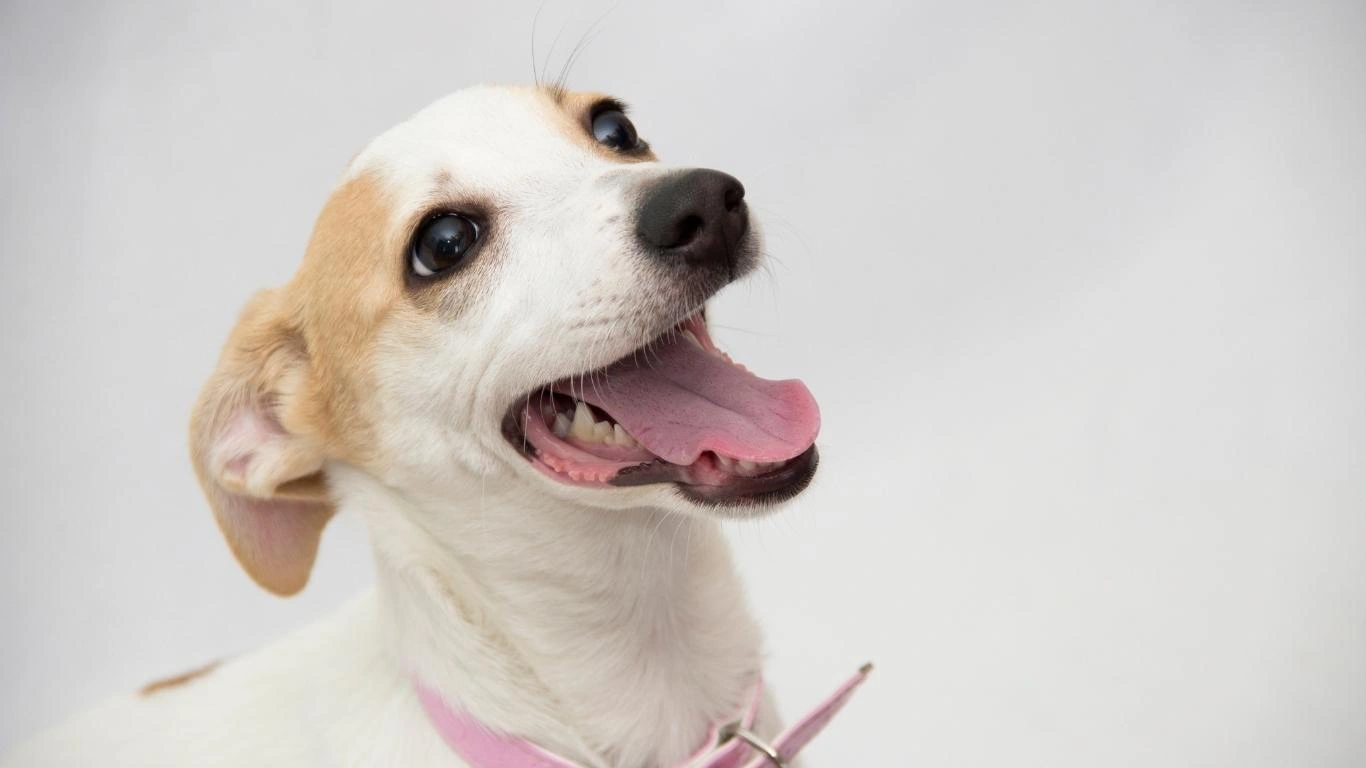
Digestive Issues
Rice is relatively easy on the stomach, but that doesn’t mean it can’t cause digestive issues when eaten in large quantities. If your dog is eating too much rice, you might notice changes in their bowel movements—such as constipation, diarrhea, or an upset stomach. In some cases, they may also experience bloating or gas. If you’ve noticed any of these signs after adding rice to their diet, it’s time to reduce the amount or remove it from their meals entirely.
Weight Gain
Like we’ve discussed, rice is high in carbohydrates. While carbs are an essential part of your dog’s diet, consuming too many can lead to weight gain over time. If your dog starts gaining weight without any other explanation (like increased activity), it might be the rice. This is especially true for dogs that aren’t very active. If your dog is gaining weight, try cutting back on the rice and substituting it with leaner proteins or more vegetables. Don’t forget to check their overall calorie intake and ensure they’re getting the right balance of nutrients.
Behavioral Changes
Sometimes, a dog that’s eating too much rice can seem sluggish or lethargic. This happens because they may be consuming more carbs than they need, which could cause an imbalance in their energy levels. On the other hand, some dogs might become overly hyper or restless if they’re getting too much sugar from the rice. If your dog’s behavior seems off after eating rice, it’s another sign you may want to rethink how much you’re feeding them.
Alternatives to Rice for Your Dog’s Diet
If you’ve decided that rice just isn’t a good fit for your dog’s regular meals, there are plenty of great alternatives that can offer similar benefits without some of the drawbacks. In my experience, offering a variety of food options is key to maintaining your dog’s interest in their meals and ensuring they’re getting a well-rounded diet. Here are a few alternatives to consider:

Sweet Potatoes
Sweet potatoes are a fantastic substitute for rice. They’re rich in fiber, vitamins, and minerals like beta-carotene, which is good for your dog’s skin and immune system. They’re also a complex carb, meaning they provide sustained energy without spiking blood sugar levels. I’ve recommended sweet potatoes to many pet owners, especially when their dogs need a carb source that won’t lead to weight gain or blood sugar spikes. Just be sure to cook them thoroughly and remove the skin before feeding them to your dog.
Pumpkin
Pumpkin is another excellent option. Not only is it high in fiber, which helps with digestion, but it’s also low in calories and easy for most dogs to tolerate. Plus, it’s packed with vitamins like A and C, which are essential for overall health. Many of my clients have used pumpkin as a natural way to keep their dogs regular without the risk of adding too many carbs or calories to their diet.
Quinoa
If you’re looking for something a bit more “fancy,” quinoa could be a great alternative. It’s a gluten-free, high-protein grain that offers a variety of essential amino acids. While it’s still technically a carb, quinoa has a better protein profile than rice, and its high fiber content can help keep your dog’s digestive system in check. Just be sure to rinse it thoroughly and cook it well before serving it to your pup.
Vegetables
For dogs that need fewer carbs and more fiber, vegetables like carrots, peas, and green beans are excellent choices. They provide important nutrients without the risk of weight gain or blood sugar spikes. I often recommend incorporating vegetables into a dog’s diet as a low-calorie filler that’s still satisfying. You can mix them into meals or serve them as a healthy snack between meals.
Final Thoughts on Rice and Your Dog’s Diet
As a pet nutritionist, I always emphasize the importance of variety in a dog’s diet. Rice, while a decent source of carbohydrates, should never be the main ingredient in your dog’s meals. It can be a helpful addition in moderation, especially when your dog needs a bland diet or is dealing with an upset stomach, but it shouldn’t be the go-to food every day.
Ultimately, the best thing you can do for your dog’s health is to provide a well-balanced, nutrient-rich diet that includes a variety of protein sources, healthy fats, fiber, and carbs like rice (in moderation), sweet potatoes, and vegetables. If you’re ever unsure about what to feed your dog, consult your vet or a pet nutrition expert to tailor a diet that works for your pet’s unique needs.
References
If you’d like to explore more about pet nutrition and dog diets, I recommend visiting trusted resources like PawPatron for more helpful articles on dog care, nutrition, and health.
Disclaimer: The information provided in this article is intended for informational purposes only. It’s always best to consult with a veterinarian or professional pet nutritionist before making any significant changes to your dog’s diet, especially if they have specific health concerns.
